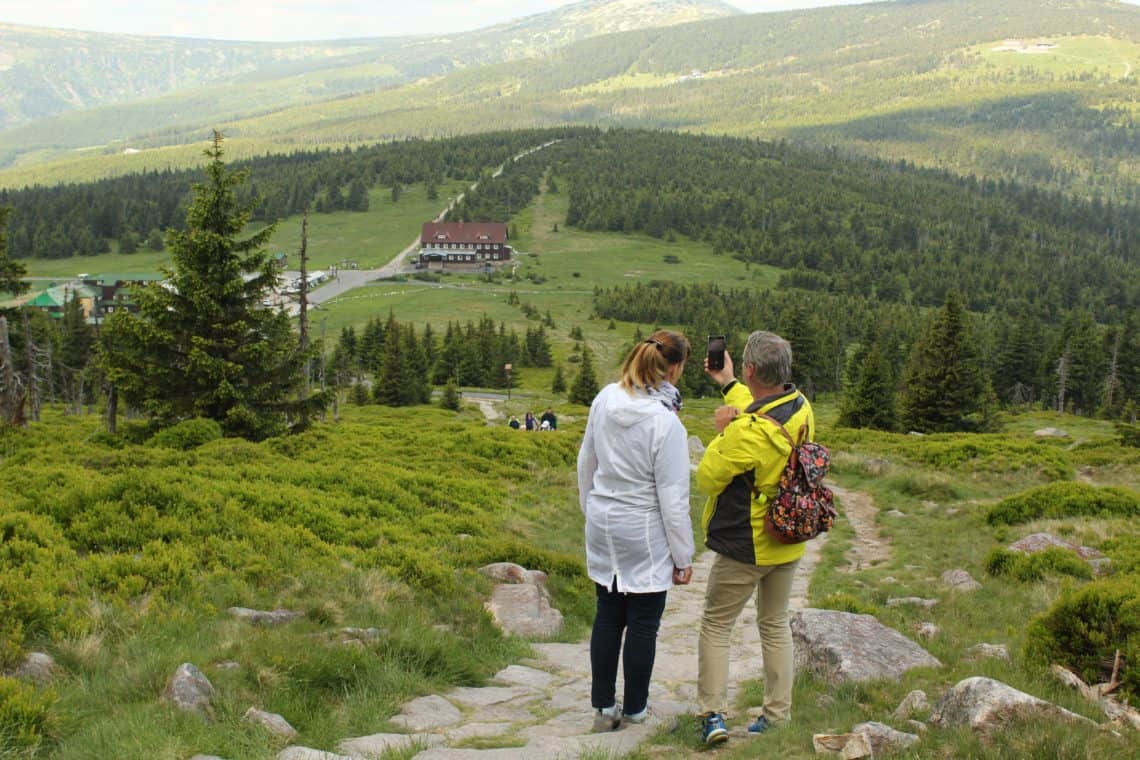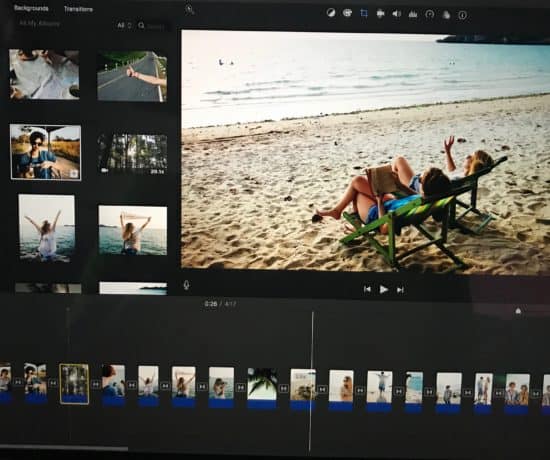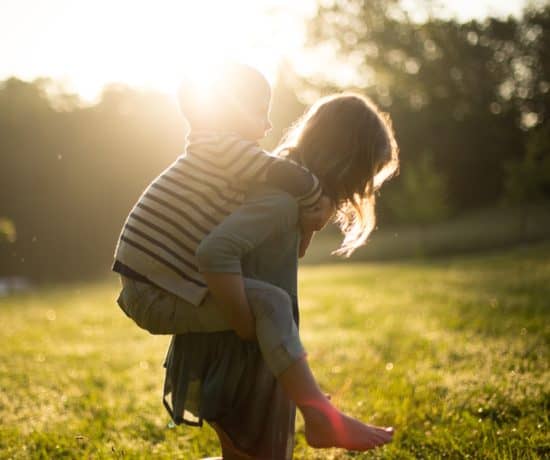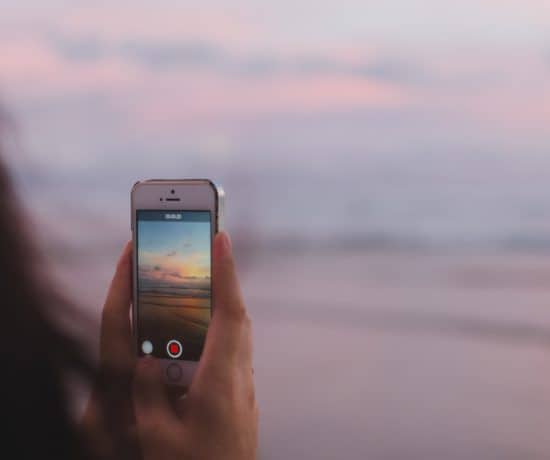Legalize can be tricky – we all know that! But with so many photos taken everyday, it’s important that we respect each other’s work! In this post, our guest expert Carmen will lay out common conundrums when dealing with photos and copyright! Please note that none of us are lawyers, so this is meant as an encouragement to learn more – rules can change fast and often depend on the location and culture you are in, so always do your research before you take and share photos!
Knowing the Law
You’ve heard it before, and you’re about to hear it again. The digital revolution has made the world drastically change. Technologies and gadgets that were once a luxury have become a part of day to day living. Some of that tech makes it easier for family historians to capture important events, such as by taking pictures at a family reunion, but it also means you need to educate yourself about photography rights and the law.
Remember when the cool kids had those tiny digital cameras to document life’s moments, and how you begged your parents to get one? And after saving all your pocket money, you could finally buy your own? These days, it’s as simple as buying a smartphone. Of course, the quality of the camera it comes with will depend on how much you’re willing to spend. Yes, DSLRs and mirrorless cameras are still very much on the market and a must-have for professional photographers, but with the rise of technology, we’ve seen so many “new” photographers pop up as they discover the art of photography using their smartphones.
In a world that’s become inundated with photographers, it’s become increasingly important to understand the laws surrounding photography, and how they impact you. From understanding the regulations around photographing people and locations to protecting your images in a digital world, there’s a lot you need to know.
Let’s look at the basics:
Copyright Covers Images, Not Ideas
The term ‘copyright’ refers to the protection of any artist’s work. Copyright is globally recognized and registers the photograph as your property. This means that people cannot publish or print your images of your family members, reunions, heritage trips, or anything else, without your consent. More specifically, it prevents people from making money off of your images, and gives you the right to sue anyone that attempts to do so.
While the copyright protects the completed work, it doesn’t relate to the subject or technique used. This means that someone could replicate the image, and you cannot pursue legal action for this – even if the photographer is able to make money off of it. For example, let’s say you photographed a group of cousins in fancy dresses, striking a fun pose in front of a local landmark. Another photographer saw the photo, liked it, and replicated it with other people in similar costumes at the same location. What’s more, they used the image on a tote bag, and are now selling it. As tacky as it is to copy your idea, they’re not infringing on your copyright. They would only have fallen afoul of the law if they had used your actual image.
Copyright and Your Images
The first, and most simple fact is that, by law, anything you create automatically belongs to you, and copyright regulations will protect you for at least 70 years. You don’t need to register for this to be valid; however, you can take this a step further and put a copyright symbol and your name or logo on your images to protect yourself better. If you’re looking to go all out, you can register your image and get the most protection possible through the Registrar of Copyrights.
Creative Commons – For Those Who Want to Share
Creative Commons is a non-profit group that’s come up with options for an artist’s work that allows people to use your images, although it’s not legally binding. It’s a wonderful way to share your work with others, so if you enjoy that, this may be for you. Basically, you license your images under certain conditions. The first licensing option is Attribution, where people can use your image as long as they credit you. The second option lets people use your images for non-commercial projects. There are, of course, several other options available and may be worth looking into, so check them out for more info.
What’s Public Domain?
When images achieve public domain status, they’ve exceeded their copyright lifespan and are no longer covered. This means that an ‘expired’ image is open for use by anyone, and they can use the image as is, or enhanced or edited. If someone else uses your work without your permission and you do nothing to rectify the situation, your image may be seen as a public domain image even if it’s not. By not taking action and requesting the image get deleted or removed, you’re technically accepting its use, so be vigilant with regard to requesting the removal of any of your family photos that have been used without your permission, especially when children or other relatives are featured.
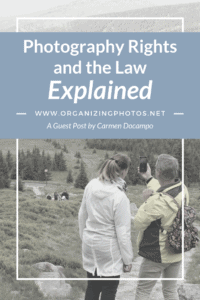
I’m a Perfect Pinnable!
Legal Ramifications of Your Photographs
When taking photos of family groups, reunions, get-togethers, and outings, there are several legal considerations that come into effect. These include:
Commercial Use of Your Images
Legally, you’re allowed to photograph people in a private space. However, if you choose to use the images commercially, you’ll need to have the people in the photographs sign a release form that allows you to do so. You can sell the photographs for editorial use without the need for release forms though – this is how paparazzi make their money. This all boils down to common decency and respecting people and their privacy. Understand boundaries and ask for permission before taking someone’s photo. If you’re going to do some photograph an event and take photos of people engaged in various activities, announce that this will happen beforehand, so people are aware that they may be photographed.
Accessing Private Property
To photograph public buildings – both inside and outside – you actually need permission. And if you plan on selling an image or using it commercially, you’ll need to get a permit to do so. There is a loophole, though. If the building forms part of the backdrop of your image, you don’t need permission. Permits can be difficult to obtain, but it’s better to protect yourself and your art by getting one. Most businesses don’t allow photos of their premises, although you can take photographs of people within the space – as long as it doesn’t feature products or branding.
Attending Events
If you have to buy a ticket or pay for entry, the same restrictions apply as that of photographing private property. This means that expos, concerts, and sporting events are off-limits unless you have a permit, or are invited as a member of the press. You can then use these images for editorial use, but not commercially. Most people don’t follow this rule, but that doesn’t make them right.
When In Doubt, Use Your Discretion
As an artist, amateur, or hobbyist family photographer, the law protects the use of your photos. It’s up to you to determine the extent to which you utilize this protection. It doesn’t matter where you display your images. You have rights whether you have an online portfolio, a private or publicly viewed slideshow, or are showing in a gallery. Be proactive and vigilant to prevent people from taking advantage of your work. Often, simply asking someone to remove an image or give you credit is enough, but in some cases, it may require legal action to get the desired result.
The laws about when and where you’re allowed to take photographs and what you’re allowed to capture are straightforward. If you’re not sure about your location, or use of the images, do your research, and ask your peers for advice. You cannot plead ignorance if the information is readily accessible. Do your due diligence, make sure you’re on the right side of the law, and know when others are not.

